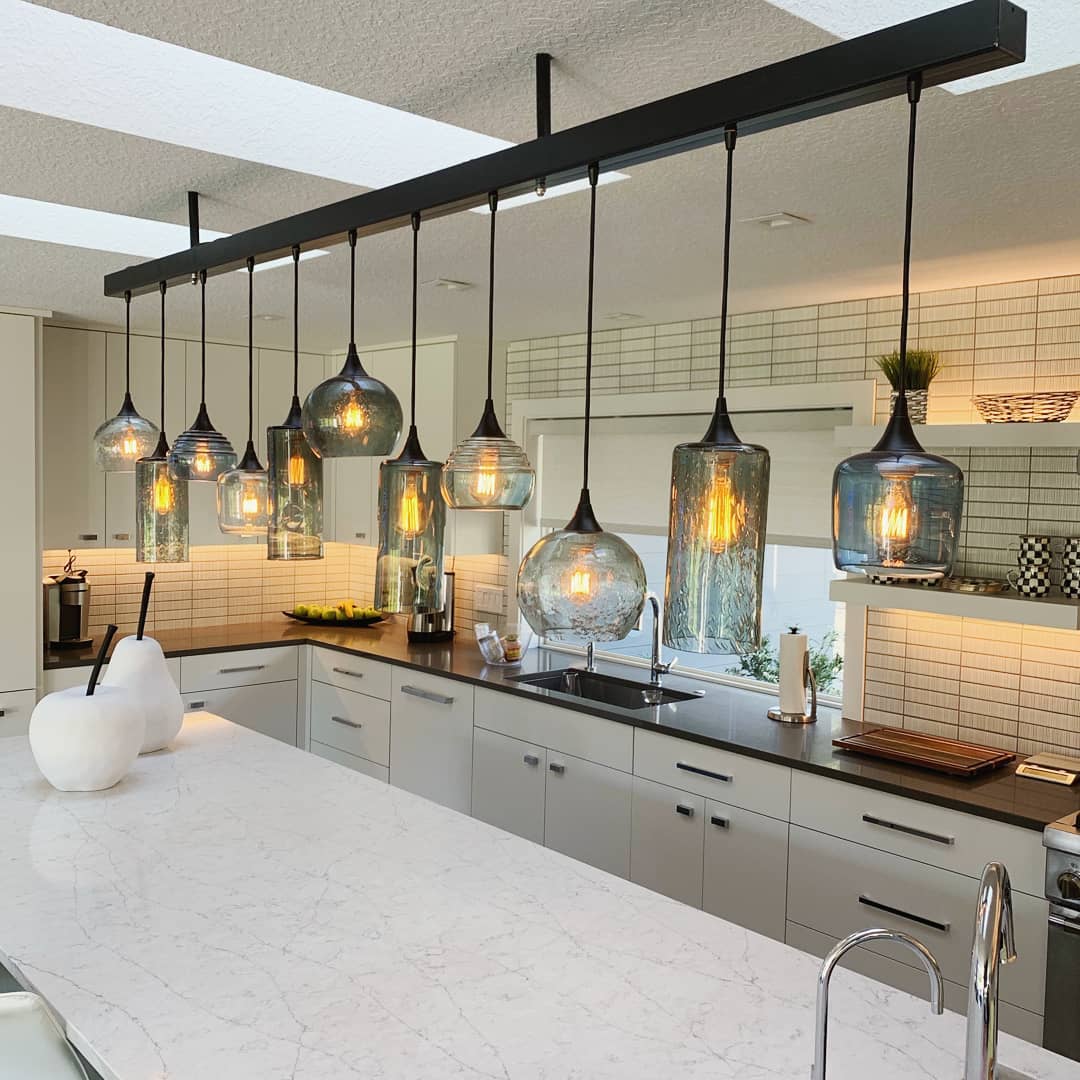
Do’s and Don’ts for Mixing Your Lighting Fixtures
Lighting is a subtle yet extremely intricate home design aspect. Though it might not typically warrant much thought, lighting is crucial in how we perceive, use, and even feel within a space. Therefore, a homeowner is affecting more than their interior design when they decide to switch up their lighting arrangements. Even something as simple as changing lighting fixtures, or adding more to a room, can impact the atmosphere. This is the importance of mixing the lighting in your home and the do’s and don’ts for mixing your lighting fixtures.
The Benefits of Mixed Lighting
At first glance, it might appear that all of a home’s lighting fixtures are the same and, as such, offer the same kind of light. However, this simply isn’t the case. Upon looking a bit closer, you might notice that it isn’t that the lights are all the same—they just complement each other very well. These subtle differences in both lighting style and fixture design create an overall atmosphere for visitors and residents to enjoy. With only one type of lighting shining from one direction, a room can look two-dimensional and flat, preventing it from being as functional as possible.
Since there are a multitude of different types of home lighting fixtures, there are various ways you can arrange them to suit your needs. Unfortunately, though, this also makes it easy to oversaturate a room with light and negate the atmosphere you were trying to achieve. This can make a home too bright and chaotic as it prevents a person’s eyes from focusing on any one point in a room. Even still, mixing your lighting fixtures is an essential part of home design and you’ll need a list of the do’s and don’ts for mixing your lighting fixtures to pull it off.
Mixed Lighting Do’s:
Use Fixtures with Similar Traits
Similarity in design makes it easier to create harmony among the rest of the home. That’s why it’s highly encouraged to acquire fixtures that all have a certain trait in common. This being said, your fixtures don’t all have to be identical, so long as they each have at least one similar feature. It’s encouraged to use products that are slightly different to create visual intrigue and give the space character. So, it’s often best to choose one key feature to keep in mind as you shop, but still allow yourself some creative freedoms when choosing the fixtures themselves.
Layer Your Lighting
Creating layers of lighting is what allows you to add depth and set the mood in a room. In addition to these things, layered lighting also provides the right amount of illumination. Therefore, it’s an essential part of what makes a room both stylish and functional. When planning how you’ll layer your lighting, make sure that you consider the three main types of lighting—ambient, accent, and task lighting. While ambient lighting works well to light the room as a whole, you’ll also want more focused light, such as accent and task lighting, to direct attention to specific points around the room.
Match the Fixtures to Home Design
Though you can go with whatever fixture design you find visually appealing, remember that they still need to complement your existing home style. After all, these items aren’t just lighting instruments—they’re also beautiful décor items that should be displayed as such. Matching your fixtures to the home’s overall design better creates consistency between rooms and establishes a cohesive and neat environment for you to inhabit.
Center Your Lighting Around a Focal Point
Whether it’s the living room entertainment center or the desk in the office, each room has a focal point to highlight—and lighting is often how we accomplish this. As homeowners, we want our guests’ eyes drawn to each room’s defining aspects. This is how we best convey our own personal taste and style. So, when layering your lighting, also consider which items you want to be your focal points and revolve your lighting plan around them.
Mixed Lighting Don’ts:
Don’t Be Afraid to Try New Things
Changing up your home’s lighting scheme can be intimidating—especially when you’re unsure about what fixtures would work best for your needs. Since you’re redoing your lighting anyway, this is the perfect opportunity to experiment with different looks and lighting styles. Who knows, you may find a working combination that you never would’ve previously considered. Just be sure not to stray too far out of your comfort zone; you should still maintain the base atmosphere that you’ve come to love in your home.
Don’t Overcrowd One Room
Though effective lighting consists of established layers, it’s important to note that applying too many lighting options can clutter up a room and oversaturate it. In fact, it’s recommended that the average room uses no more than four kinds of lighting fixtures. This helps maintain a balance of light while still allowing some room for creative freedom.
Don’t Forget to Add Dimmers
Attaching dimmers to your lighting fixtures works wonders for supplying a room with instant ambiance no matter the time of day. Simply adjusting the brightness of your lights can completely transform a room to fit with any situation and ensure the atmosphere is perfect for everyone. These tools also further customize your home lighting as you’ll have the power to make changes whenever necessary.
Don’t Use Too Many Fixtures From the Same Brand
While having certain items that match can make a design work, too much of the same thing makes a room seem monotonous and boring. This is why it’s generally more beneficial to use similar fixtures rather than those that are exactly alike. Additionally, since each specific brand has designs that they’re known for, it’s best to vary the brands you’re choosing from for extra variation.
At Bicycle Glass Co., we want to supply you with the knowledge for lighting your home along with the products to do so. It’s for this reason we carry a range of lighting fixtures and why we are always available to answer whatever questions you have about the process. From hand-blown glass mini pendant lights to complex and extravagant chandeliers, we carry all you need to experiment with atmospheric yet practical lighting.

